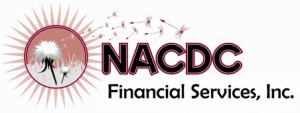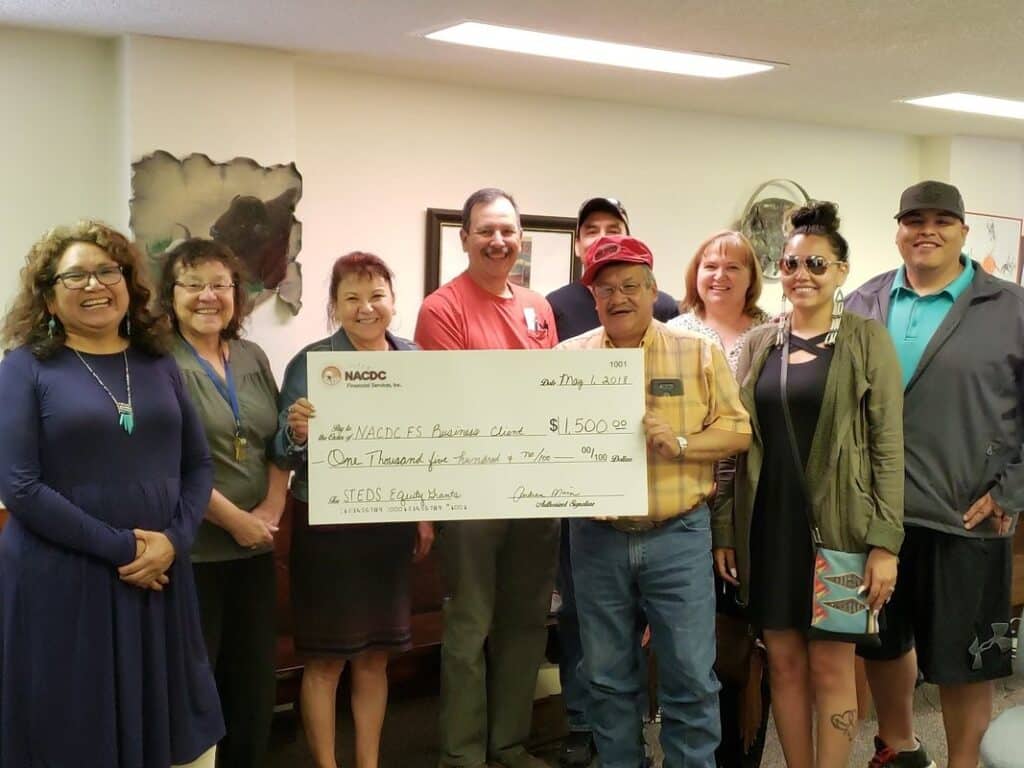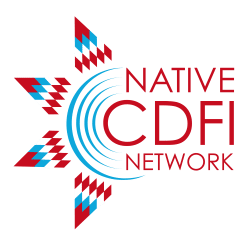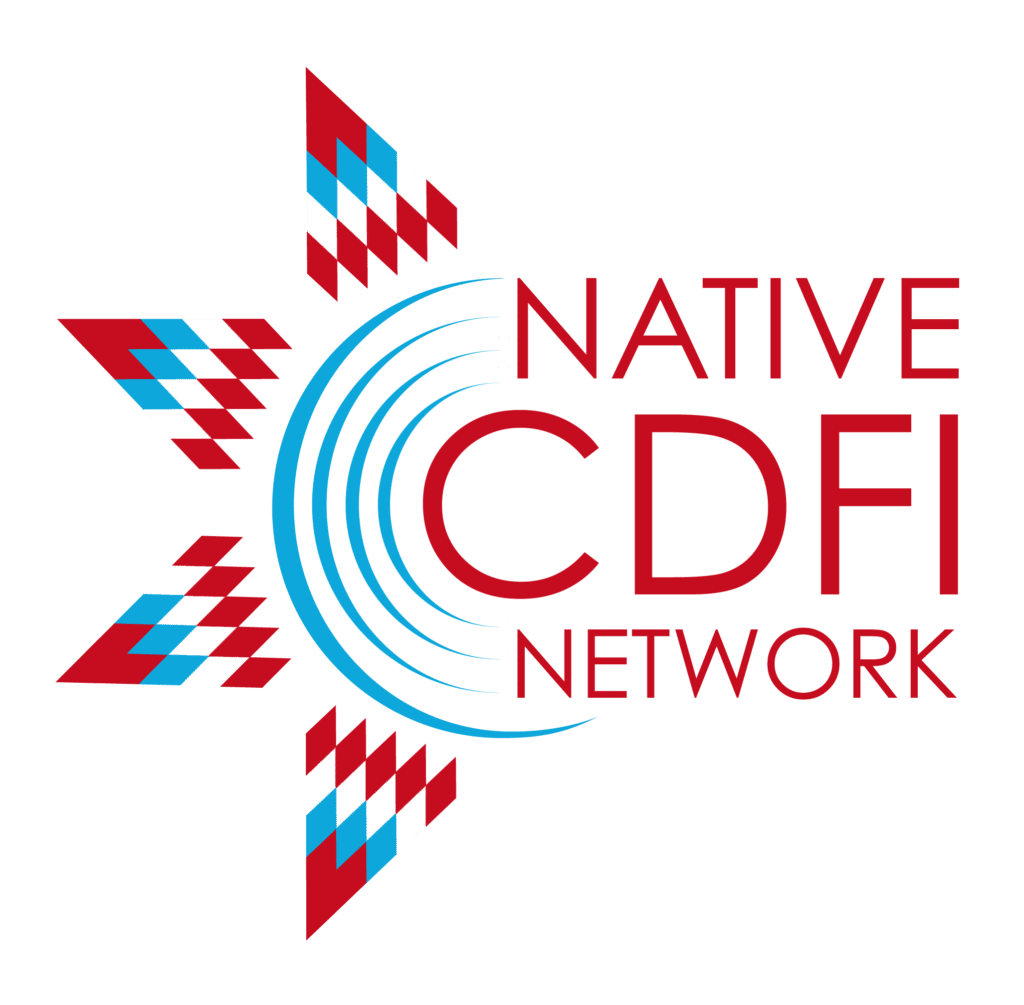
In this latest edition of “Difference Makers,” NCN sits down with Angie Main, who serves as Executive Director of NACDC Financial Services, Inc., a federally certified Native CDFI based on the Blackfeet Indian Reservation in Montana.
NACDC offers a range of services tailored to the needs of Native entrepreneurs, including comprehensive financial literacy and entrepreneurship programs to both youth and adults, alternative financing opportunities for start-up and existing business ventures, and assistance in repairing and building credit.
Angie joined NACDC in 2005 to forward the goal of economic sovereignty through small business development and local capacity building. An enrolled member of the Fort Belknap Gros Ventre Tribe, she currently serves on the boards of the Montana Community Foundation and the Montana Nonprofit Association.
In this insightful conversation with NCN, Angie provides an overview of NACDC’s rapid growth as an organization committed to meeting the evolving lending and financial education needs of the community it serves.
NCN: Angie, good to have you with us today. So why do you do what you do? How did leading NACDC Financial Services become your life’s calling?
Main: Glad to be with you today. I never had planned on it being my life’s work. I had been working for many years as the Vice President at Fort Belknap College, and then Elouise Cobell asked me to come work for her. I began working as her small business coordinator in 2005 and we were providing small business trainings across Montana and Idaho. Then Elouise wanted to complement our trainings with a much-needed business loan fund. In 2010, she hired me and Patty Gobert, who had been working for the Native American Bank as its branch manager, to put together this loan fund. Unfortunately, Elouise passed away before she was able to see that loan fund come to fruition. We issued our first loan a week after she passed away in 2011. We were approved by the Department of Treasury in August of 2012. We didn’t really know what a Native CDFI was at that time, I just had experience in business training and technical assistance, and Patty had been working at the bank so she had experience with the lending side of the Native CDFI. We started with credit builder and small business loans, and we provided small business trainings across Montana. We were asked if we would provide ag [agriculture] lending, and so we immediately put together an ag policy and said, “We’re doing ag loans now.” Afterwards, we put together a policy to extend lines of credit to Native artists. In 2017, we financed our first home loan, which has currently become our most in-demand product. We’ve been mainly looking for financing for that product, as we have a pipeline right now of about $4.2 million in requests for home loans, so we’re trying to meet that demand. So where I once was part of the tribal college movement, now I am a part of the Native CDFI movement!
NCN: As you know, there are more than 70 federally certified Native CDFIs across the country and many more “emerging” CDFIs following in their footsteps. Why did Native communities feel it necessary to create CDFIs, and what fundamental role do they play?

NCN: Tell me about NACDC Financial Services. What is its mission, and how does it work to foster prosperity in the community it serves?
“We help them build their credit and many stay with us. They go on to buy a car or start a small business or buy a home. It becomes a relationship with our tribal members that lasts a long time. Some people have been with us throughout all 11 years…”
Main: We began lending in 2011 and we’ve been adding to our loan products ever since, where now we cover everything from credit builder loans to home loans. Our loan portfolio is around $6 million. Our total assets went from $56,000 in 2011 to almost $11 million by the end of 2021. We also have fixed assets, including two buildings. To meet the needs of the unbanked in our community, we established Native Cash, a one-stop cash service. We constructed a building and established a service to cash checks, pay bills through Western Union, we have an ATM, and we have a small dollar loan program for up to $1,000, 12% for 12 months. All of those services are within our Native Cash, which is not only good for the unbanked but also for the organization because it helps to build a stream of unrestricted funding, which is so hard to obtain through fundraising. So we just keep growing. We’re getting to the point now where we’re growing so fast that we’re having to step back and look at our challenges and think about maybe adding new products and new staff to try to keep meeting the demand. There are other Native CDFIs in Montana, but there’s no competition as the demand is so high and we’re able to do participation loans with them to share resources. The need is so huge right now within the eight tribal communities in the state of Montana that there’s enough room for us all to try to meet the demand.
NCN: Tell me about Native Cash, which offers “one-stop cash services to local community members.” Why did NACDC feel compelled to create this service, and how is it making a difference?
Main: We live in a cash society. There’s a part of our society that is unbanked. They don’t have a checking or savings account. They need a place to cash their checks. So we provide a service to cash checks and pay their bills where there’s no outrageous fees. Some places charge up to 12% to cash a check. We charge 4%. It really helps, especially when there are large checks going out to the community, for instance, with Land Buy-Back [the Cobell Land Buy-Back Program for Tribal Nations]. We were there to cash those checks and assist them with paying their bills. When we have spurts like that, we have the opportunity to increase our revenues by $10,000 or $20,000 a month. That really helps the growth of the organization, plus we’re providing a service for the unbanked.
We’ve also been able to maintain throughout the years a 0.003% default rate. Our people generally do not like to carry a big debt, so they’re committed to making their payments. If they have challenges, we’re able to be creative in refinancing or restructuring their loans to make them more affordable to the customer.
NCN: NACDC also operates what’s called the “Mini-Bank Program.” For those who are not familiar with it, what is its purpose?

NACDC Financial Services provides much-needed equity injections to its business loan clients. Pictured (left to right) are business owner Susan Webber; NACDC staff Patty Gobert and Angie Main; and business owners Mark Pollock, Gary Racine, Lorin Gobert, Sue Racine, and Tiffany and Bill Edwards. (Courtesy: NACDC Financial Services)
Main: The Blackfeet Mini-Bank Program was started by Elouise Cobell and a group of individuals in the community in 1996. We’ve been able to keep the program going. So you can imagine how many kids have gone through the Mini-Bank Program throughout the years. Our youth range from fourth grade through senior year in high school. We’re working with six schools on the Blackfeet Reservation right now. We have a banking hour each week with each school. Students deposit or establish an account during these “banking” hours. Sometimes it’s a pocketful of pennies! We had to get a rolling machine because they’re bringing in their pennies so they can make these deposits. We are the custodians of these accounts through Native American Bank [Native American Bank]. Through the Program, students are also introduced to various banking careers. Some take deposits and some of them are cashiers and others set up new accounts. It’s an opportunity to expose them to different careers in banking. They learn how to go into a bank and withdraw funds. During the summer months, they make their own deposits. This builds their confidence and a relationship of trust with the local bank.
My granddaughter has had an account for the past five years and she’s now a senior in high school that’s saved over $12,000. This will assist with her higher education. Once participants graduate from high school, their accounts turn into regular savings accounts with NAB. We have an incentive program to match their deposits into their savings account at the end of each school year. It’s a great program.
NCN: Your CDFI supports tribal citizens from all walks of life in various ways. Can you share with us an inspiring success story of an individual client you work or have worked with?
Main: There are so many! Everyone that’s gone through our loan program, we’ve helped them in some special way. Some shed tears because they’re not able to get that financing from any other source. For example, many come to us and we’re able to help them improve their credit so they can buy a car. They will call us excited to say, “I just bought a car on my own!” That’s a measure of success!
But the one that sticks in my mind is the one we financed right during the middle of COVID. It was the Big Sky Cafe in Cut Bank, Montana. The owners had been with us previously because we financed their lunch counter in a local mall. But they grew and they had an opportunity to buy a building and relocate. During COVID, when restaurants were closing down, it was a really big risk to open a restaurant. So we met almost weekly with the owners and said, “What are your plans?” They ended up offering take-out meals and rented out the two rental units above their restaurant. The revenue generated from the rentals alone was enough to pay their business loan with us. We were also able to partner with NADC [Native American Development Corporation] in Billings, Montana to finance this loan. NADC provided a portion of the loan and we provided the balance. It was such a big risk, but we took on the risk and here they are now. They’re open for business and doing a great job! So it was well worth the risk in the end.
NCN: From your perspective, what do Native CDFIs like yours need to realize their full potential? What support do they need to achieve their missions and maximize their impact?
Main: Whatever makes them comfortable. You grow with your comfort level. You get into a comfort zone and then you grow again. An opportunity comes along and you jump on it or let it go. Most of the time, NACDC Financial Services jumps on it! We started our ag lending program because people were asking for those services. We started our home loan program because people needed home loans. And then the opportunity for us to be a HUD 184 Guaranteed Lender came up and we were approved. We’re also an FSA [USDA Farm Service Agency] Guaranteed Lender. There’s just so many opportunities out there right now, and you have to jump on those opportunities if that’s a comfortable way to grow for your organization.
My biggest role has been finding lending resources because my lending staff goes through that money like crazy! We have a huge pipeline in lending demand that grows larger each day. We need the lending capital to meet that demand.
To learn more about NACDC Financial Services, Inc., please click here.

